Share This
The Making of the Dolls
Creating dolls is a very satisfying hobby because it involves so many interesting aspects of art.
Step 1: The Clay
I enjoy the fun of taking the squishy wet lay in my are hands and pushing it around until it comes close to resembling what I have in mind. Next, comes the task of refining and adding details with my fingers and tools. I can take as much time as I need with this phase; I simply cover it with a damp cloth when I’m not playing with it.
Step 2: Making the Mold
My damp clay model is used to make the plaster mold. In this phase, I must be prepared to work quickly and not stop until it’s completed.
Step 3: Casting in Porcelain
Phase 3 involves using the molds to make the porcelain doll parts. The greenware, unfired clay, of porcelain is more delicate than an egg shell, so working with it can be very frustrating. A nearly finished piece, with many hours of work in it often crumbles with a touch, leaving nothing to show for the effort. However, there is a feeling of accomplishment when the cleaned and smoothed parts are there to be fired in the kiln to a temperatures of 2200 degrees Fahrenheit.
Step 4: Painting the Porcelain
At this point I get to paint and feel more like a real artist. Each fired piece is sanded and scrubbed smooth. The porcelain pieces are as breakable as any china, but seem like iron compared to the greenware.
The dolls faces are painted with china paints to suggest the person the doll represents, but I feel that it is important to retain their ‘doll like’ character. The paint is fired on at about 1200 degrees Fahrenheit.
Step 5: Assembling the Dolls
Phase 5 comes the closest to being just plain labor. I glue hooks into the arms, legs and sometimes the heads. When the glue has set properly, the parts must be strung together with strong elastic. All of this is just time consuming work. But the sight of the strung doll gets me excited and eager to do the next phase.
Dressing the finished doll is probably the best part of doll making. Clay modeling and painting tie for second place.
Since I make only one of each doll, I don’t have to plan the clothes to be duplicated. An unusual find of yardage or trim can be a great joy; and friends give me odds and ends they think I might use one day. Some clothes are finished in an hour, and others take weeks of handwork. Some of the jewelry and furs are genuine, others are pretend.
Whether I’m working from a sketch or photo, or out of my own head designing as I go, dressing the doll and choosing the accessories are all the fun of child’s play.






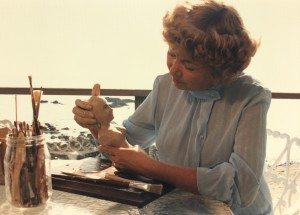
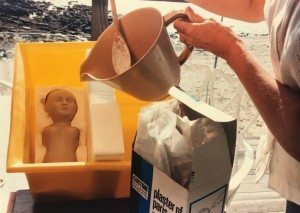
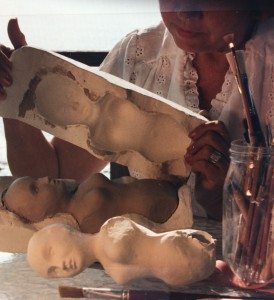
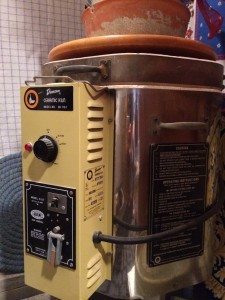
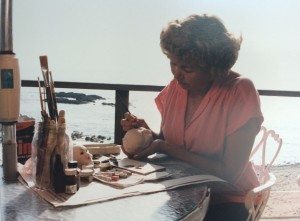
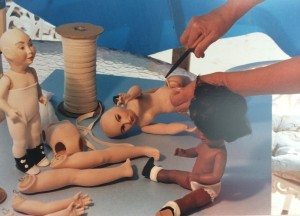
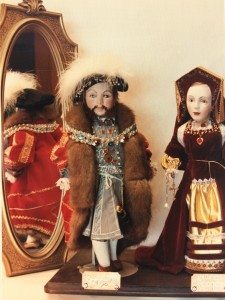
Recent Comments